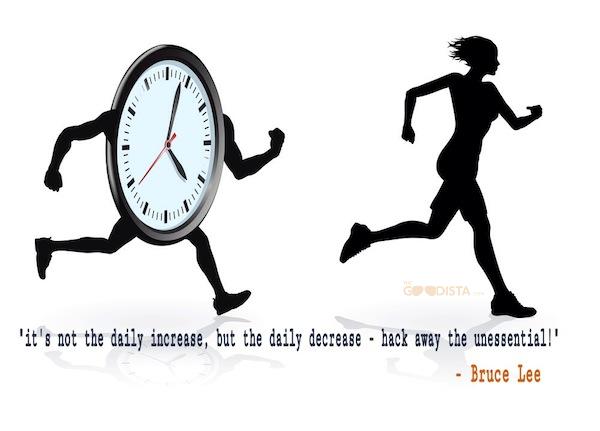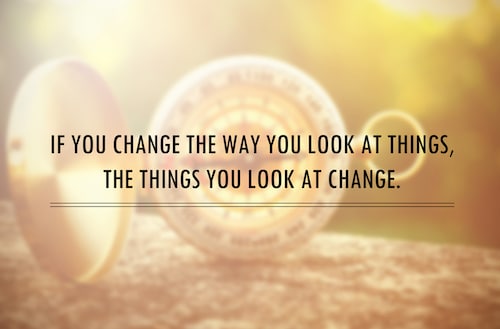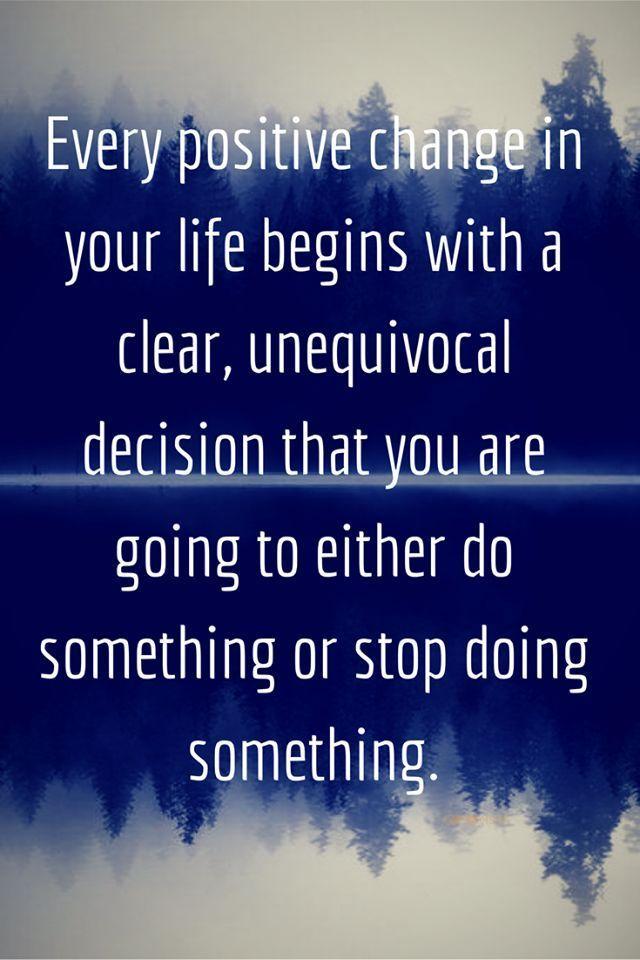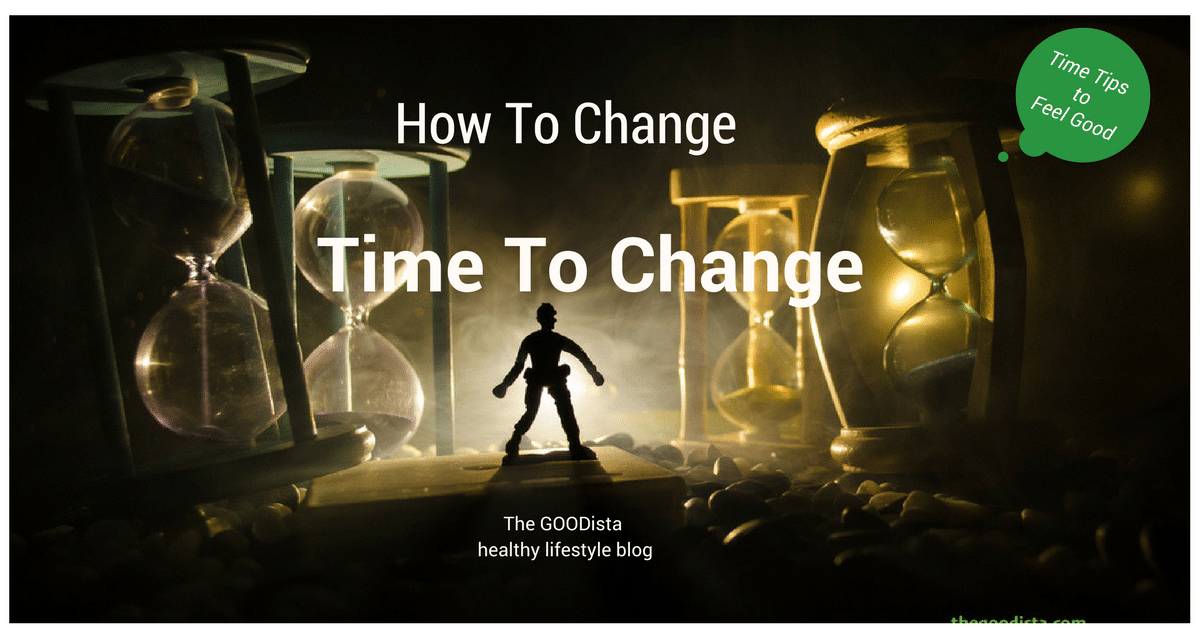Do you say you want to change and then you don’t? Time is a genuine factor when it comes to change. You promise yourself to look for a new job, or to eat a bit healthier – but then you say you don’t have time to do a CV while you snack on Cheetos. The excuses are many, but real explanations are few. In the end, you fool only yourself, lose trust with others, and your self-respect gets bumped.
In this post, we look at how to overcome overpromising and take change goals by its horns. Get all the time squeeze tips you need to clear the excuses. Change or not – but don’t say you don’t have time to change – because you do.
Change and Time
Too many times we say that we will do something but end up not doing it. If we could travel in time, we could do whatever we wanted. We would have time to fit in obligations, needs, and desires as well as realize all those change goals we so quickly set up. The ability to stretch time exists in Sci-Fi movies, and in that dream state just as you wake up. In real life time can’t be extended, nor can it be changed. You can rearrange time, however, into more manageable chunks.
Life is busy. Very few can organize and keep track of all the aspects of what needs to do be and what they want to do. Competing demands from family, friends, work obligations, administrative must-dos and a whole load of external pressures make anyone’s life stretched. The challenge is that the claims on your time take over and fitting everything into your 24 hours makes for an impossible equation. So how do you turn impossible into I AM possible?
Change Time Tip 1: Make a List
How can you deal with the excess baggage, and find clarity in what seems to be chaos and disorder?
A little boy I know keeps lists. Joshua is very young but has already figured out the reward in checking off the things he has set up as his ‘to-dos.’ By keeping track, he finds a way to supplement his allowance as his big goal is to buy a much-wanted toy. He has a purpose, and a plan to get to it. We can learn a lot from Joshua.
“If you fail to plan, you are planning to fail!” — Benjamin Franklin
Getting organized starts with figuring out what lies ahead. With a list in hand, you can see what can be re-arranged, struck off, and what is the priority. In other words: Planning.

The Time Trap
The tendency to deal with what work and social demands ask of us make us forget that we also have a range of equally meaningful – in my eyes crucial – commitments to ourselves.
With no sense of organization, we overpromise to ourselves that we will eat a bit better, move a bit more, and try to read a book or even an article (instead of social media). By spending time on everyone else’s demands, you fall into the time trap and cushion your sense of failure through overuse of excuses.
To get out of the time trap, you can start by using Joshua’s trick. List the simplest thing you have in front of you and then do them. ‘Get up,’ ‘eat breakfast,’ ‘walk the dog,’ etc. When you’ve checked each ‘task’ off, you feel great, right? Now take your ‘to-do’ list to a new level.
The Time Bomb
Everything in your life is energy. The positive and negative energy that feeds you or drains you. A list shows what is ahead of you. The potential time bombs become pretty clear. Organising time starts with confronting yourself with some questions.
Ask yourself this:
- How much of your time do you feel is in your control?
- Are you spending most of your time furthering your agenda or someone else’s?
- What activities should you remove from your life?
- How much time do you waste each day?
- What activities could you outsource or automate that take up your time?

Change Time Tip 2: Deal With Time Thieves
Defusing your time bombs will happen when you do what you say you will do, and remove excess luggage and tension. You will take a load off and find the time you didn’t think you had.
The excess drain on your energy will leave space for actually getting to a place where you can eat a bit better, move a bit more and read an article. Surely it can’t be as simple as making a list?
Actually – no. The list is a means to get organized, and clearing the path towards seeing how to get to change.
Saying No
Change is a choice. But to change you need to choose what to do and not to do. Dealing with the ‘not to do’ takes courage and commitment.
To defuse your time bombs, you may have to deal with some uncomfortable truths. If your time is constantly at someone else’s mercy, you have to make space for quality time over quantity. Ask yourself who your time thieves are. Are they linked to your relationships? Spouses, partners, children, teenagers, aging parents can all be part of your identified time thieves. If guilt comes into play you will know that this cannot go on. You may have to shift your behavior to make a change possible.
To learn how to say ‘no’ and be clear towards loved ones can feel scary, but is very necessary to move forward. If you say ‘no’ emotionally it will be received negatively. Stating ‘no’ in a matter-of-fact way makes it clearer. “I can’t do Tuesday, but how about Wednesday morning?” is easy to understand. To create boundaries is sometimes painful. Tough love is often a necessary step for your sake and theirs.
Saying ‘no’ is responsible time management. By reassessing who your time thieves are and confronting them will positively open the door for quality ‘me’ and ‘we’ time.
The Smart Way to Change
Now that you know the basics of a ‘to-do’ list and how to identify how your time to taken up you can set up a plan to get to your goal.
Before you can formulate your change goal, you need to figure out the reason for it. We often get hung up on the ‘want’ and forget about the ‘why.’ ”I want to change,” you say. If you replace the ‘want’ with ‘why’ you will soon find out the real motivation to change. Your vision should be based on your ‘why’, not so much your ‘want’.
Change Time Tip 3: Why and What
Too many people think creating a goal is about nailing down precisely what they want in the next ten years. The problem with this long-term approach is that it slows your potential. You lose track of the motivation and the reason for why you’re doing all that you do. You may even get lost in your everyday challenges and find yourself way off-course.
Setting a goal starts with understanding the reason, the ‘why’ behind an action, the ‘what.’
‘Why’ is your reason whereas ‘what’ is an action. The ‘what’ can happen in a ton of different ways. For example, my ‘why’ is to help people do good by finding clarity in their work and life goals. My ‘what’ could be blogging, coaching, consulting, doing a webinar, updating social media, and several other things.
When you have your purpose for change clearer you can make a plan. Setting up a smart plan will help. Thinking about change feels huge, but setting a step by step ‘to-do’ list is a motivational way to go. You make your change journey possible if you get real tips, coaching, and support along the way.
With a goal in place, you put a plan in place – and then create daily to-do lists that show progress in line with your strategy which brings you closer to your goal. Easy huh?

Change and Habits
The fastest way to move forward in life is not doing more. It starts with stopping the behaviors that are holding you back. Look at the energy it takes to deal with the negative, and aim to find the positive by actually doing rather than making excuses for not. For example:
If your reason for a change is to get healthier, you’ll make more progress by stopping your negative behaviors than starting good ones. So, before you start throwing a kettlebell around, take away the junk food from your diet. Until you reduce your snack habit you’ll always be taking one step forward and one step backward.
If your reason for a change is to become more financially secure; before you focus on making more money, reduce your spending. Detach yourself from needing more and become content with what you have. Until you do this, it doesn’t matter how much money you make. You’ll always spend what you have (or more).
Overall habits form in 21 days and undoing what you have been doing for a long time takes effort. Giving yourself a step by step approach will make it possible.
Change Time Tip 4: Stewardship
Change is a journey that can be made possible with some help, advice, and self-reliance.
You are the captain of your life, so you need to take charge to see what make sense here and now. You need to look at what you have, appreciate and maintain before you look at greener grass. Rather than wanting more, more, more, it’s key to take proper care of the here and now. Organize yourself. Say no to your time thieves and re-invest in you.
Making yourself aware is a matter of stewardship. Stewardship refers to all of our decision-making: how we choose to use our time, our talents, and our energies. It’s where we draw the boundaries of our commitments. All of our choices are reflected, from the mundane to the monumental. This is whole-life stewardship, and it requires a paradigm shift. Read this: “Wellness necessitates good self-stewardship, for ourselves and for those we care about and who care about us”
Stewardship is not just about whether we manage our finances or how we preserve our environment. These are important aspects of stewardship, but whole-life stewardship is so much more. It concerns every decision that a person makes, and it requires intentionality and effectiveness. If your life is a building, what good is planning more floors if the foundation isn’t strong? In other words – value yourself and your time so you can spend quality time with those you care about.

Time Is Now
It is very easy to get stuck and blame others for your perceived failures. If you take charge and assume stewardship you take command of your own decisions. Amazingly you will find time to thrive in all areas of work and life.
The key to this is making a list. Why do most people stay stuck? They never organize. If you keep adding more or saying yes to more work, overbearing friends, and family members, you’re not being more productive. You don’t reach their goals – or yours. So before you get overwhelmed – get organized.
Choose to Change – For Good
Make a list to enable yourself to plan, declutter and make space for yourself and others. To assume stewardship takes courage, commitment, and maturity. It is a way to declare your independence and your path to feel, be and do good.
“The best time to plant a tree was 20 years ago. The second best time is now.” — Chinese Proverb
You have time to change. What you want to change is up to you. If you want tips, tools, and updates how to feel, be and do good – feel free to join our (free) mailing list here below. Let us know your best tips on how to make it to your change goals – comment, please.
Recommended and Related:
- What Is Time Management -mindtools.com
- 15 Essential Time Management Apps for 2018 – timedoctor.com
- Learning How To Say No – heathybliss.net
- How to Reduce Stress with One Word – coachingpositiveperformance.com
- Time To Kill The Fantasy That Is Work-Life Balance – Forbes.com
- How To Set SMART Goals – mindtools.com















What a brilliant and thoughtful post about time management and change, truly wise. Thank you! And young Joshua sets an example, bravo!